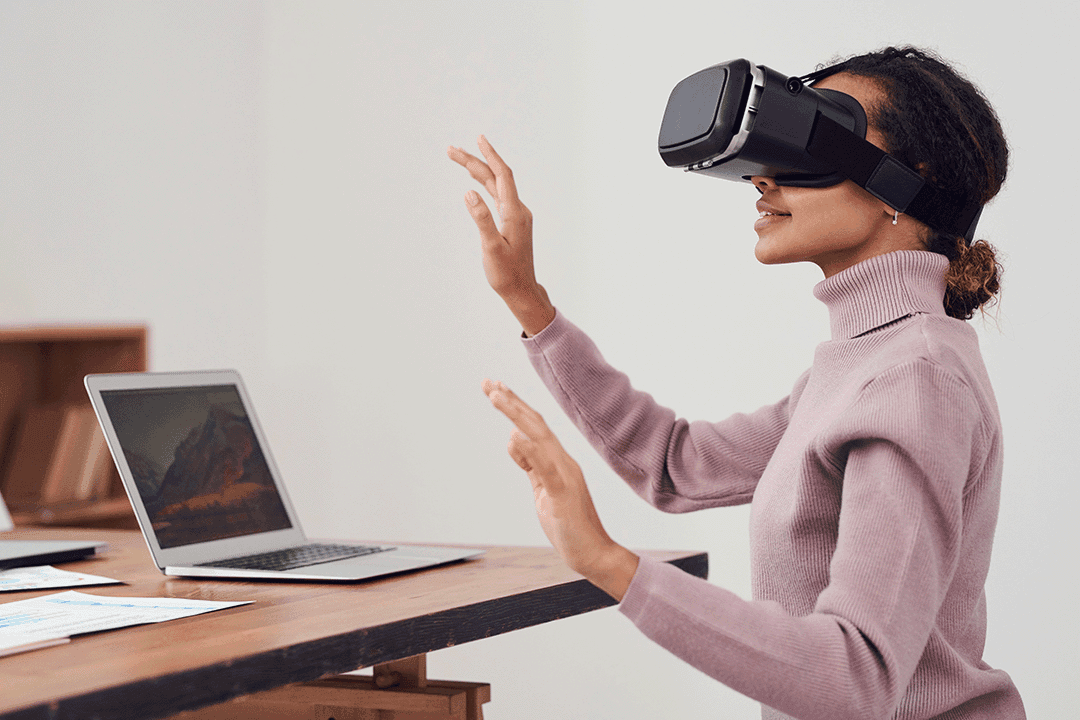Imagine a world where digital information seamlessly blends with your physical environment. Where virtual objects interact with real-world surfaces, and information appears just where you need it. This is the promise of augmented reality (AR), a technology that overlays digital content in the real world in real-time.
However, there are still obstacles to overcome before AR can reach its full potential. One of these challenges is the need for a reliable and flexible connectivity solution. This is where eSIM (embedded SIM) technology comes in.
